Digital Insights for Enhancing Your 3D Model Rendering Techniques
In the rapidly evolving world of digital design, mastering effective 3D model rendering techniques is crucial for professionals seeking to elevate their projects. This guide offers valuable digital insights aimed at enhancing your 3D model rendering skills, ensuring that your creations stand out with exceptional clarity and realism. The importance of 3D model rendering extends beyond mere aesthetics; it plays a pivotal role in communicating ideas and bringing concepts to life in industries ranging from architecture to gaming and product design. By understanding the nuances of lighting, texture application, and rendering software, you can significantly improve the quality of your outputs. In this article, we will explore practical strategies and techniques to refine your rendering process, allowing you to create stunning visual narratives that captivate your audience. Join us as we delve into how to optimize your 3D model rendering for maximum impact and effectiveness.
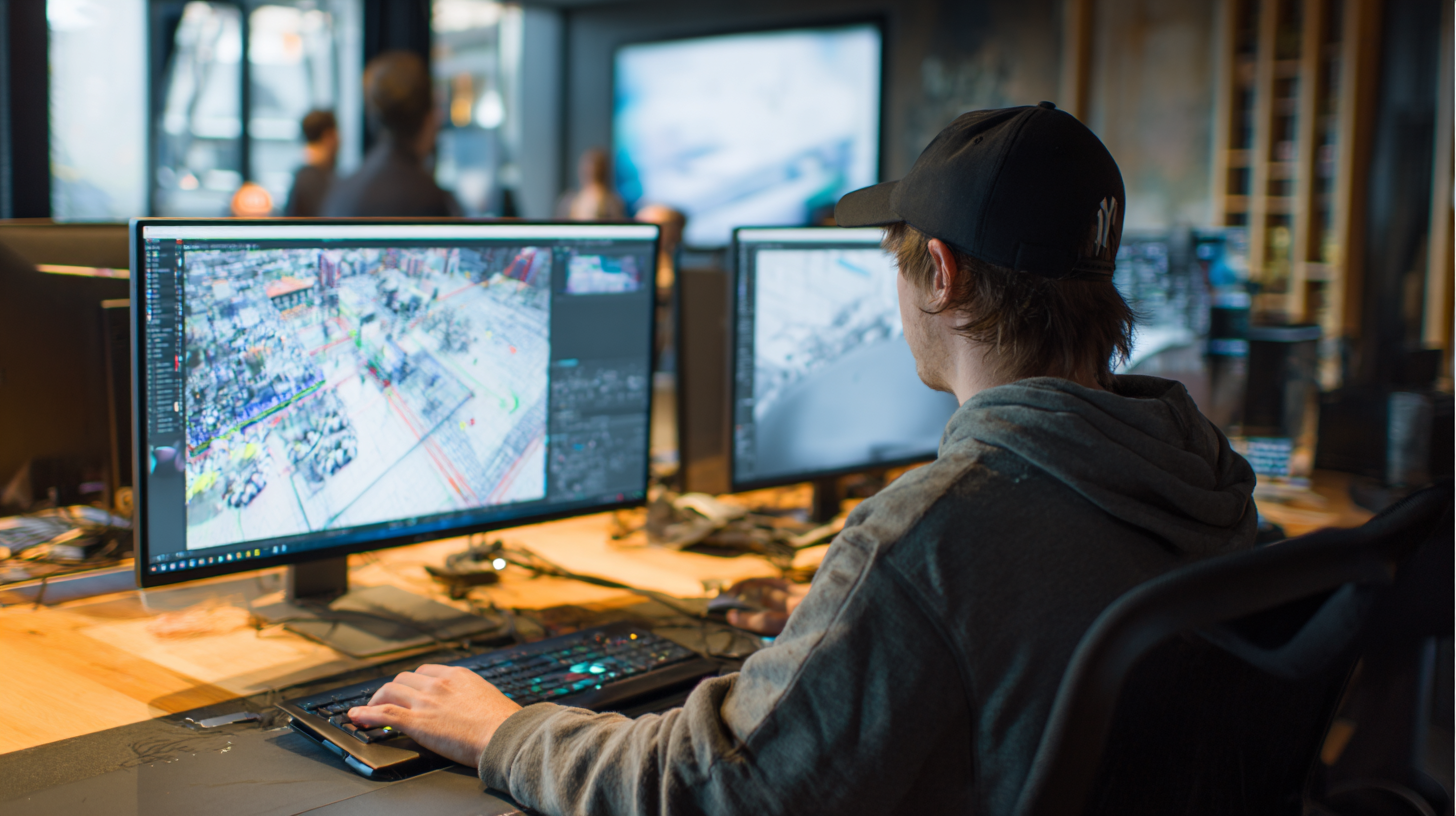
Understanding the Fundamentals of 3D Model Rendering Techniques
3D model rendering is a crucial aspect of modern visual design, and understanding its fundamentals can dramatically enhance output quality. Recently, innovations like automated large-scale 3D scene modeling have emerged, showcasing the evolution of rendering techniques. For instance, the introduction of advanced Gaussian methods enables the creation of hyper-realistic environments, allowing designers to generate expansive scenes with minimal manual input. These advancements significantly improve turnaround times, enabling creators to focus more on the creative aspects rather than the technical hurdles traditionally associated with 3D modeling.
Furthermore, recent developments in AI and machine learning have paved the way for automatic disassembly of models into components, reminiscent of a transformer’s transformation. Such capabilities are powered by generative dynamics, illustrating the fusion of technology and art in the rendering process. According to industry reports, the market for 3D modeling could surpass $10 billion by 2025, largely driven by innovations in rendering techniques and applications across film, gaming, and virtual reality. This trend underscores the importance of mastering fundamental rendering techniques to harness the full potential of these new tools and methods in creating high-quality, immersive digital experiences.
Leveraging AI and Machine Learning for Improved Rendering Efficiency
The integration of AI and machine learning in 3D model rendering has revolutionized the efficiency and quality of visual outputs. According to a recent report by Adobe, companies leveraging AI in their digital workflows have reported up to a 30% reduction in rendering times, allowing artists and designers to focus more on creative tasks rather than waiting for processes to complete. Machine learning algorithms can predict and optimize rendering paths, enabling smoother simulations and faster turnaround times. This not only enhances productivity but also significantly improves the client experience by delivering high-quality visuals faster.
Furthermore, a study conducted by NVIDIA highlights that advanced AI techniques, such as neural rendering, can produce photorealistic images with fewer computational resources. The report indicates that AI-assisted rendering processes can lead to a 40% decrease in the energy consumption typically associated with high-fidelity graphics generation. As the demand for real-time rendering in sectors like gaming and virtual reality continues to grow, integrating AI and machine learning will be crucial for professionals looking to maintain a competitive edge while minimizing costs and improving output quality.
AI and Machine Learning Impact on 3D Model Rendering Efficiency
Integrating Real-Time Rendering Tools for Enhanced Visualization
In the realm of 3D model rendering, the integration of real-time rendering tools is revolutionizing visualization techniques across industries. According to a report by Statista, the global market for real-time rendering technology is expected to grow significantly, reaching approximately $4 billion by 2025. This growth is driven by the increasing demand for high-quality graphics in sectors such as gaming, architecture, and virtual reality, where immediate feedback and interactive visuals are essential.
Utilizing real-time rendering tools not only enhances the visual appeal of 3D models but also improves the efficiency of the design process. For instance, a study by NVIDIA reveals that artists can achieve up to 75% faster workflow when employing real-time rendering solutions, allowing for quicker iterations and a more agile response to client feedback. By leveraging technologies such as ray tracing and machine learning, designers can create lifelike imagery that captures intricate details and dynamic lighting effects, thereby elevating the overall experience of digital content. Embracing these tools is no longer a luxury; it is a necessity for those aiming to stay competitive in a rapidly evolving digital landscape.
Digital Insights for Enhancing Your 3D Model Rendering Techniques
| Rendering Tool | Visualization Quality | Real-Time Capability | Integration Ease | User Rating (out of 5) |
|---|---|---|---|---|
| Tool A | High | Yes | Easy | 4.7 |
| Tool B | Medium | No | Moderate | 3.9 |
| Tool C | Very High | Yes | Easy | 4.5 |
| Tool D | Low | No | Difficult | 2.8 |
| Tool E | Medium | Yes | Easy | 4.1 |
Adopting Advanced Texturing and Lighting Strategies in 3D Models
In the realm of 3D modeling, adopting advanced texturing and lighting strategies is crucial for achieving high-quality renderings that resonate with audiences. According to a recent report by Allied Market Research, the global 3D rendering market is projected to reach $7.73 billion by 2025, reflecting a growing demand for realistic and immersive visuals across various sectors, including gaming, architecture, and virtual reality. This trend underscores the importance of mastering texturing techniques that enhance the perception of surfaces and materials in 3D environments.
One effective method for improving texturing is the integration of physically-based rendering (PBR) workflows, which simulate real-world lighting interactions with materials. A study published in the Journal of Computer Graphics Techniques emphasizes that using PBR can reduce the time required for asset creation while providing a more realistic output. Additionally, with 70% of consumers prioritizing visual quality in their choices, as reported by Adobe, the importance of advanced lighting strategies cannot be understated. Techniques such as global illumination and image-based lighting not only elevate realism but also enhance the emotional impact of renderings, making them more engaging and effective for viewers.
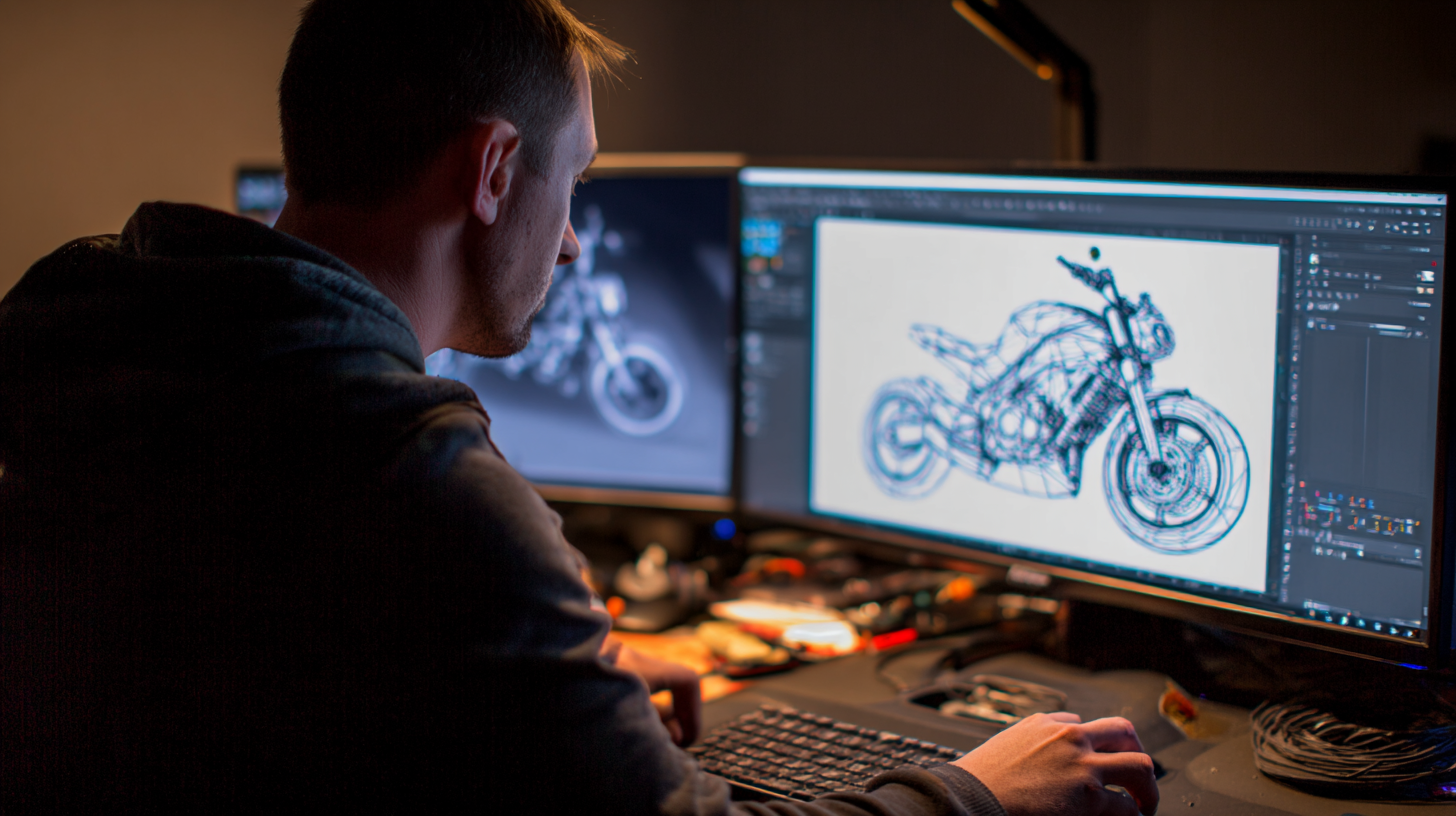
Exploring User Feedback in Digital Rendering for Better Outcomes
User feedback plays a crucial role in refining 3D model rendering techniques, allowing creators to understand the practical implications of their work. By actively engaging with users, developers can gather insights that highlight both the strengths and weaknesses of their rendering processes. This feedback loop not only enhances creativity but also drives technological innovation, paving the way for more intuitive and efficient rendering tools tailored to user needs.
As digital technologies evolve, the importance of feedback becomes even more pronounced. The emergence of low-barrier online collaborative 3D creation engines indicates a shift towards more accessible and user-friendly design platforms. These tools empower a wider audience to contribute to the rendering landscape, ensuring that the final products resonate more effectively with various user demographics. By prioritizing user feedback, professionals in the field can better navigate the complexities of digital rendering, ultimately leading to improved outcomes and more immersive digital experiences.
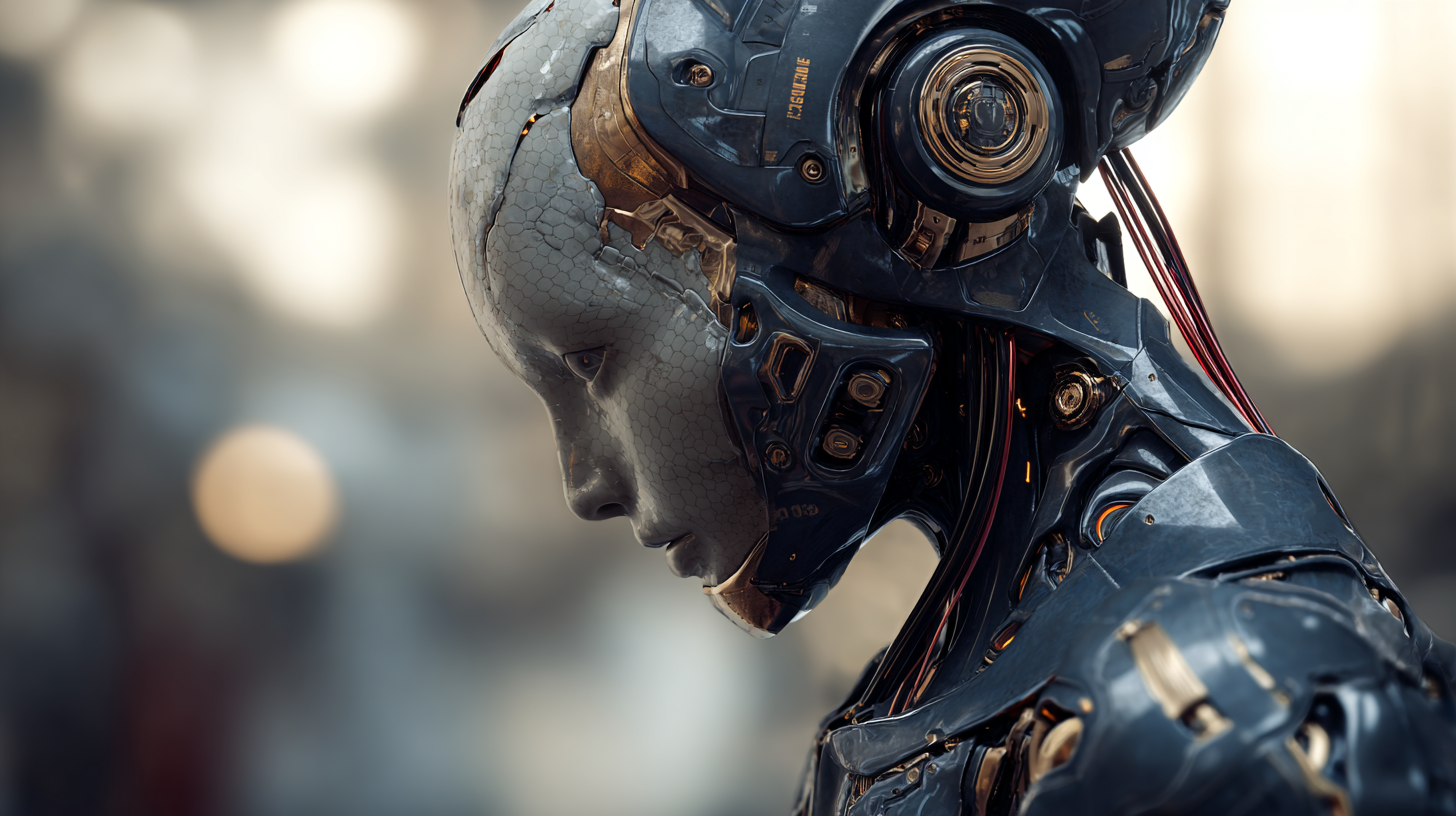
Related Posts
-
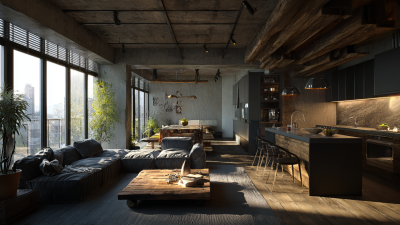
10 Essential Tips to Elevate Your 3D Rendering Skills in the Digital Age
-
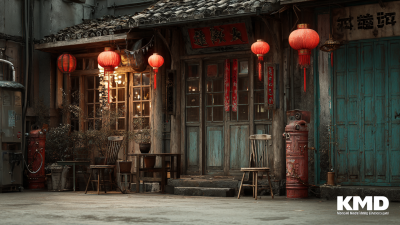
Crafting Excellence in 3D Model Rendering for a Global Market Made in China
-
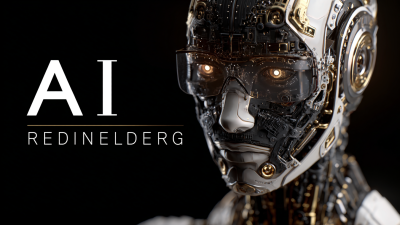
The Ultimate Guide to Mastering Best AI 3D Rendering Techniques for Stunning Visuals
-
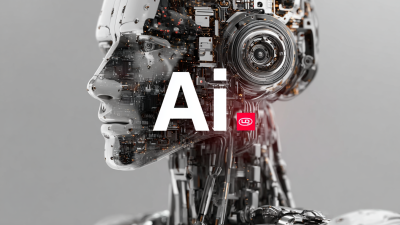
Unlocking the Power of Best AI 3D Rendering: What Makes It Stand Out?
-
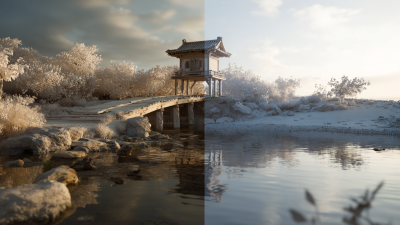
How to Transform Your Visuals with AI 3D Rendering Techniques
-

Understanding the Best Ai 3d Rendering Techniques and Their Impact on Modern Design


